Discover the Fascinating Reasons Why Cats Do Certain Things
Have you ever wondered why your feline friend behaves the way they do? Despite being one of the most popular pets around the world, cats have a reputation for being enigmatic creatures. But fear not, we have the answers you seek!
In this article, we’ll explore the various behaviors and habits of cats and shed light on the reasons behind them. From grooming themselves meticulously to waking you up with a playful paw, we’ll decipher the mysteries of your cat’s world. So sit back, relax, and enjoy learning more about your furry friend.
Understanding Cat Grooming Habits
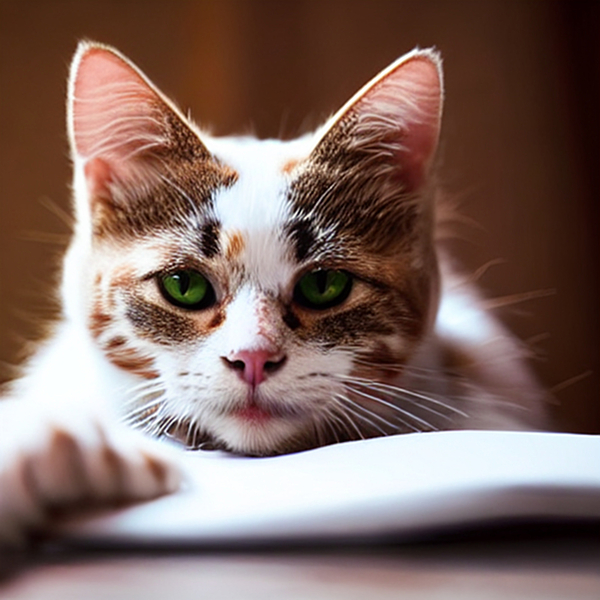
Cats are known for their impeccable grooming habits. They spend a considerable amount of time each day cleaning themselves. While it might seem like a mundane activity, grooming is critical for your feline friend’s health and wellbeing.
Cats groom to keep their fur clean, soft and healthy. When your cat licks its fur, it picks up loose hair and dirt, preventing matting and reducing shedding. Grooming also stimulates oil production in your cat’s skin, which helps maintain a shiny coat and reduce skin problems such as dryness and dandruff.
However, there’s more to cat grooming than just maintaining hygiene. Cats groom themselves to regulate their body temperature; saliva evaporating from their fur has a cooling effect on their body. Grooming also helps cats relax and de-stress, as it releases endorphins in their body.
Interestingly, grooming is also a sign of affection and social bonding in cats. Mothers groom their kittens from birth, and cats in social groups will groom each other to show affection and establish a sense of community.
However, excessive grooming or grooming in specific areas of the body can indicate an underlying issue, such as fleas or skin irritation. If you notice your cat excessively grooming or licking a particular area, it’s essential to consult with your veterinarian to rule out any underlying health issues.
In summary, grooming is a vital aspect of your cat’s routine that goes beyond just hygiene. Understanding your cat’s grooming habits can help you better care for your feline friend’s physical and emotional needs.
Decoding Cat Communication
Cats are fascinating creatures with a unique way of communicating with their owners and other cats. While they use vocalizations like meowing, growling, and hissing, they also rely heavily on their body language to convey messages. Understanding how cats communicate can help you strengthen the bond with your feline friend and better cater to their needs.
Feline Body Language
Cats communicate predominantly through body language, and their posture and actions say a lot about their mood and intentions. For instance, a relaxed cat will have its ears facing forward or slightly tilted, its tail held high or loosely waving, and its body at ease. On the other hand, an anxious or aggressive cat will flatten its ears, hiss or spit, arch its back, and puff up its fur.
Understanding your cat’s body language can help you know when your pet is feeling happy, relaxed, playful, or stressed or uncomfortable. It can also help you avoid upsetting or provoking your cat and respond appropriately to its needs and wants.
Why Do Cats Meow?
Meowing is one of the most common vocalizations cats make, and it can have different meanings depending on the tone, pitch, and context. Cats meow to get attention, ask for food or water, express affection, demand to go outside or come inside, or signal distress or discomfort. They may also meow to communicate with other cats, especially during mating or territorial disputes.
While cats meow to communicate with their human companions, they rarely meow to other cats in the wild, who rely more on body language and scent marking. Therefore, excessive or unusual meowing may indicate an underlying health issue, anxiety, or an attempt at getting attention or affection.
Tip: If your cat is meowing excessively, observe their behavior and look for any possible triggers or signs of discomfort. Consult with a veterinarian if necessary.
The Curious Case of Cat Purring
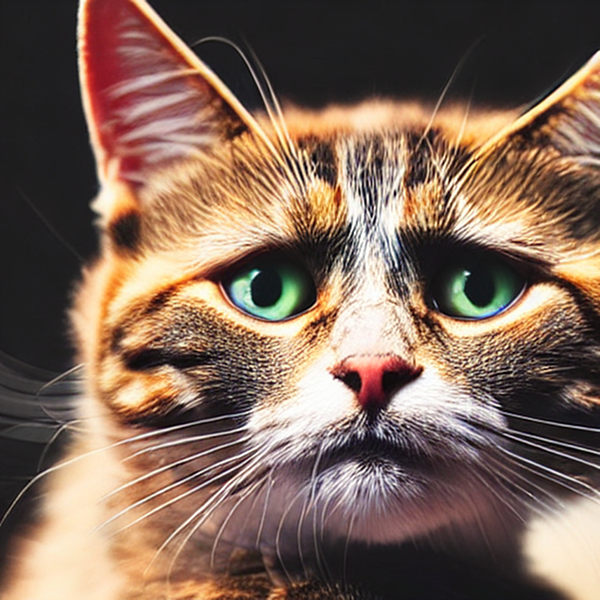
There’s nothing quite like the sound of a cat purring contentedly on your lap. But have you ever wondered why cats purr? It’s a fascinating behavior that has puzzled scientists and cat owners alike.
Contrary to popular belief, cats don’t only purr when they’re happy. While purring is often associated with contentment and relaxation, cats also purr when they’re stressed, anxious, or in pain. It’s believed that purring has a therapeutic effect on cats, helping to calm them down and alleviate discomfort.
But how do cats purr? The exact mechanism behind purring is still not fully understood, but it’s thought to involve the laryngeal muscles in the cat’s throat. As the cat breathes in and out, the muscles vibrate, creating the distinctive purring sound.
Interestingly, cats also use purring as a means of communication. Mother cats use purring to soothe and reassure their kittens, while adult cats may purr as a way to signal to their human companions that they want attention or food.
So, the next time your cat curls up beside you and starts to purr, feel free to enjoy the soothing sound. Just remember that there’s more to purring than meets the eye (or ear).
Hunting Instincts in Domestic Cats
Domestic cats may appear to be cuddly and lazy, but they are natural-born hunters. Their hunting instincts are deeply ingrained, dating back to their wild ancestors who relied on hunting for survival.
So why do cats hunt, even when they have a cozy home and a never-ending supply of kibble? The answer lies in their prey drive. Cats have an innate urge to stalk, pounce and catch prey. This drive is so strong that even cats who have never been outside or hunted in their lives will still exhibit hunting behaviors.
When a cat is in hunting mode, they exhibit specific behaviors. They may crouch low, wiggle their hindquarters, and flick their tails. They may also make a chirping or chattering sound, indicating their excitement and anticipation of a successful catch.
Some cats may engage in “mock-hunting,” where they playfully chase and catch toys or other objects. While it may seem like harmless play, it’s essential to remember that it’s a form of practice for their hunting instincts.
If you have an outdoor cat, you may have seen them bring you “gifts” in the form of dead mice or birds. While it may not be a pleasant sight for us, it’s a sign that your cat is a skilled hunter. They see it as a gesture of love and appreciation, but it’s also their natural instinct to bring food to their den.
It’s crucial to understand your cat’s hunting instincts, even if they are indoor cats. Providing them with opportunities to play and hunt can help satisfy their prey drive and prevent unwanted behaviors like clawing furniture or acting out of boredom. Interactive toys that mimic prey movements or hiding food in puzzle feeders are excellent ways to engage their hunting instincts.
Exploring Litter Box Habits
As much as we love our feline friends, dealing with their litter boxes is not always a pleasant task. However, understanding why cats exhibit certain bathroom habits can help us prevent litter box mishaps and provide a more hygienic living environment for both pets and owners.
Why Do Cats Bury Their Waste?
Many cat owners wonder why their furry companions instinctively bury their waste in litter boxes or outside. One reason is that cats are naturally clean animals and prefer to cover up their feces and urine to prevent smell and bacteria from spreading. In the wild, this behavior is also a survival tactic; covering up their waste can help cats avoid detection from predators or other potential threats.
Burying their waste is also a way for cats to mark their territory. The scent of their urine and feces can communicate information about their gender, age, and health, allowing other cats to recognize and avoid or approach them. By covering up their waste, cats can also mask their own scent and maintain a sense of privacy and security.
How Often Should Cats Use Their Litter Boxes?
Most adult cats should use their litter boxes at least once or twice a day. However, the frequency and amount of waste may vary depending on factors such as diet, water intake, health status, and stress levels. Owners should monitor their cats’ litter box usage and seek veterinary help if they notice any changes in frequency, color, or consistency of urine or feces, or if their cats show signs of discomfort or pain while using the litter box.
What Are Some Common Litter Box Problems?
Some cats may exhibit inappropriate litter box behavior, such as refusing to use the litter box, urinating or defecating outside of the box, or scratching or biting the litter box or litter. These issues can be caused by various factors, such as medical conditions, inadequate litter box hygiene, litter preference, or stress and anxiety.
To address litter box problems, owners can try different litter types and brands, adjust litter box location and size, clean the litter box regularly, and provide cats with multiple litter boxes in different areas of the house. If these measures do not work, owners should seek advice from a veterinarian or animal behaviorist to rule out any underlying health or behavioral issues.
Scratching and Clawing Behavior
Cat scratching and clawing behavior is instinctive and serves multiple purposes for our feline companions. Understanding why cats scratch can help us redirect their behavior and maintain harmony in our homes.
Why do cats scratch?
Cats scratch for several reasons, including:
- To sharpen and maintain their claws.
- To stretch their muscles and mark their territory.
- To relieve stress and express emotions.
Why do cats scratch furniture?
Cats often scratch furniture because it has a suitable texture for their claws and is usually located in a central area of the home. To redirect their behavior, provide them with alternative scratching surfaces, such as scratching posts or cardboard scratchers, and place them in strategic locations.
How can I prevent my cats from scratching furniture?
Preventing cats from scratching furniture may take some effort, but it is possible. Here are some tips:
- Provide your cats with scratching posts or cardboard scratchers and place them in strategic locations around the home.
- Use double-sided tape or aluminum foil on furniture to deter them from scratching.
- Trim your cat’s nails regularly to reduce the need for scratching.
- Provide your cat with plenty of mental and physical stimulation to reduce stress and anxiety.
By understanding and addressing our cats’ scratching behavior, we can ensure a happy and healthy environment for both our feline friends and ourselves.
Sleeping Like a Cat
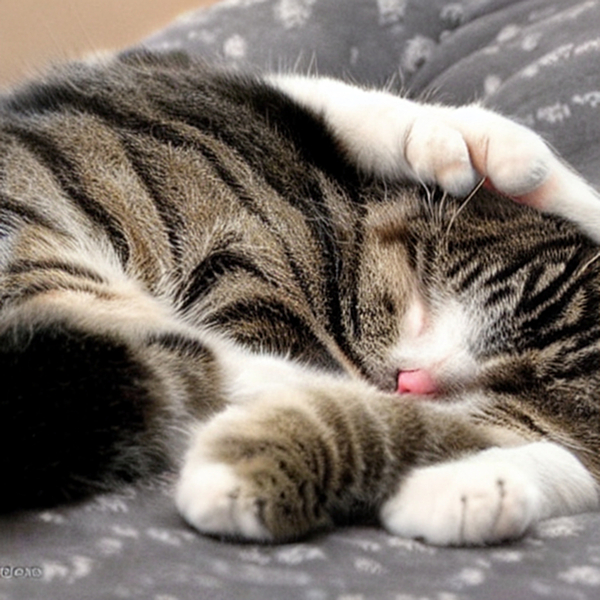
Cats are known for their love of sleep, often napping for hours on end throughout the day. But why do cats sleep so much? It turns out that cats are crepuscular animals, meaning they are most active during dawn and dusk. This lifestyle allows them to conserve energy during the day by sleeping and be alert during their prime hunting times.
Another reason cats sleep a lot is that they are predators. Hunting requires a lot of energy, so cats need to rest and recharge their batteries in between their hunting expeditions. Additionally, sleeping helps cats keep their body temperature regulated and can aid in muscle repair and growth.
Cats also have a knack for finding comfortable and cozy spots to sleep in, whether it’s snuggled up in a sunny patch of carpet or curled up in a warm lap. This is because cats have a natural instinct to seek out warm, safe, and secure sleeping spots, often seeking out soft surfaces to knead with their paws before settling down for a nap.
However, despite their love of sleep, cats are also light sleepers and can wake up in an instant if they sense danger or need to attend to their basic needs, such as using the litter box or hunting prey. So, the next time you see your cat snoozing in a sunbeam, remember that they are just following their natural instincts and enjoying a well-deserved cat nap.
Frequently Asked Questions about Cat Behaviors
As cat owners, it’s important to understand our furry friends and their unique behaviors. Here are some frequently asked questions about cat behaviors:
Why do cats knead?
Kneading is when cats push their paws in and out on a soft surface, often accompanied by purring. This behavior is a remnant from kittenhood when they kneaded their mother’s teats to stimulate milk production. As adults, cats may knead when they feel content and relaxed.
Why do cats knock things over?
Knocking things over may be a playful behavior, a sign of boredom, or an attempt to seek attention. However, cats may also knock things over due to their innate curiosity and desire to explore their environment.
Why do cats bring gifts (e.g., dead mice, birds) to their owners?
This is a natural instinct for cats as they are natural predators and hunters. Bringing gifts to their owners may be a sign of affection and a display of their hunting prowess.
Why do cats rub against people and objects?
Cats have scent glands on their faces, paws, and tails, and rubbing against people and objects is a way for them to leave their scent and mark their territory. It may also be a sign of affection and an invitation for interaction.
Why do cats meow?
Meowing is a form of communication for cats, and they may use different tones and pitches to convey different messages. Cats may meow to seek attention, communicate hunger or thirst, or express their feelings.
Why do cats stare at their owners?
Cats may stare at their owners to communicate their needs or desires, or simply to observe their surroundings. Staring may also be a sign of affection, trust, or curiosity.
Why do cats hide?
Hiding is a natural instinct for cats as they are prey animals in the wild. Cats may hide to feel safe and secure, or to observe their environment without being seen. Hiding may also be a sign of illness or discomfort, so it’s important to monitor your cat’s behavior.
Understanding cat behaviors can deepen the bond between cats and their owners. If you have any concerns or questions about your cat’s behavior, consult with a veterinarian or a certified cat behaviorist for guidance.


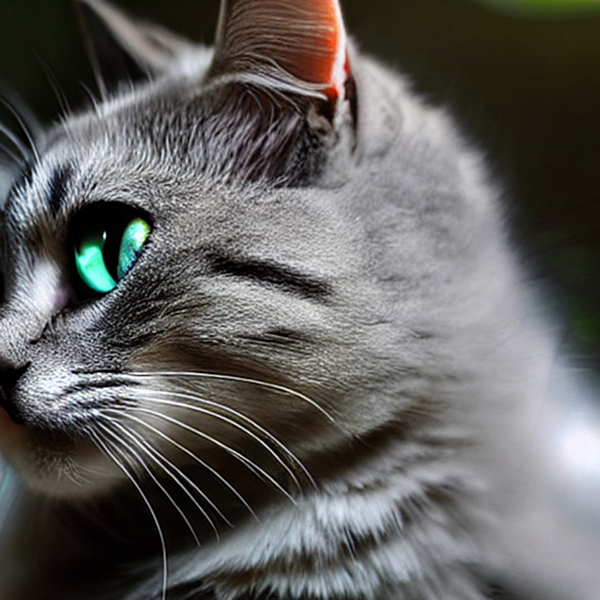
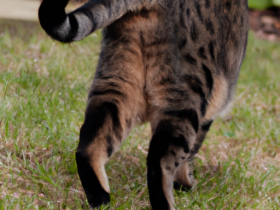


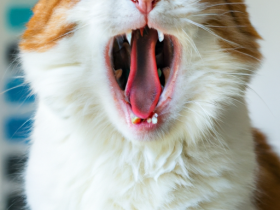

Leave a Reply
View Comments